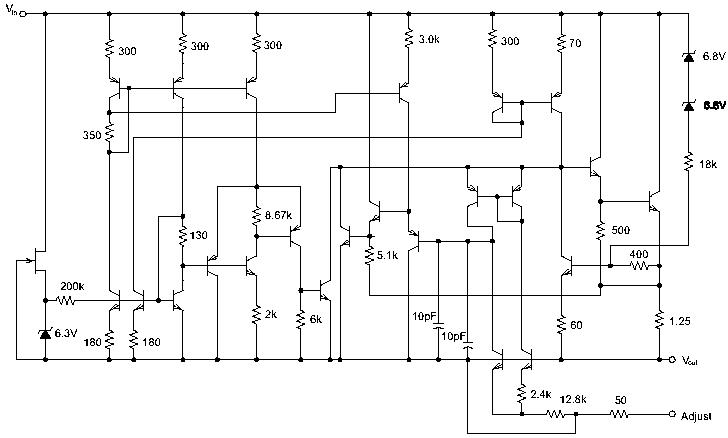- Joined
- Jun 24, 2010
- Messages
- 5,704
- Points
- 113
Im not trying to be a smart ass here but you keep calling it a heatsink, isn't it a MOSFET, a transistor? They produce heat and need to be attached to a heatsink but they are not heatsinks.
Well four months ago I did not even know what a linear driver was. Electronics is not my strong suite but I have learned a lot in the short time I have been here. So I will never be offended at being enlightened. It is where the heat was generated so I called it a heatsink. But from now on MOSFET it is.
Quick question: the reason you attached a resistor from V+ to M+ is to have pretty much all the current flow into the V+ instead of M+ (as it is not needed) while maintaining 5V at M+ for modulation?
Actually I used a 3805 voltage regulator to drop it to 5V in the Frankenstein and drlava replied that I could do this.
One hint.. you don't need to regulate the 5V input on the driver, it is self limiting. You can just connect a 10k resistor from V+ to Mod+ to keep it on.
I just noticed in this he said to use a 10K resistor and I used a 1 Ohm resistor. I wonder if this will screw it up?:thinking:
Last edited:




